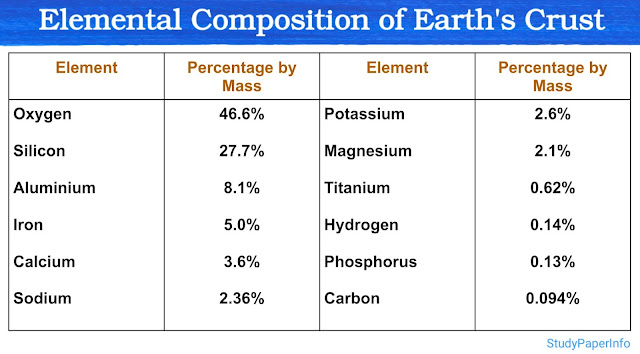What is the function of the p53 tumour suppressor gene?
The p53 gene is one of the most important tumour suppressor genes in humans. It encodes a transcription factor called p53 protein, which is often referred to as the "guardian of the genome" because of its central role in protecting cells from turning cancerous. This gene is highly conserved and its function is critical for maintaining genomic stability.
Main Function of p53
The primary function of p53 is to monitor the integrity of the DNA in the cell. When DNA damage or other cellular stress occurs (like hypoxia or oncogene activation), p53 gets activated and performs the following key functions:
1. DNA Damage Response and Cell Cycle Arrest
- One of the first actions of p53 is to stop the cell cycle. It does this by activating the transcription of p21 (Cip1), a CDK inhibitor. p21 blocks the activity of cyclin-CDK complexes, especially CDK2, which prevents the cell from entering S phase. This pause in the cycle allows time for the cell to repair its damaged DNA.
2. DNA Repair Activation
- p53 helps activate genes involved in DNA repair. If the damage is repairable, p53 allows time for these mechanisms to fix the problem. Once repaired, the cell cycle continues.
3. Apoptosis (Programmed Cell Death)
- If the DNA damage is too severe and cannot be repaired, p53 activates genes like Bax, PUMA, and NOXA which lead to apoptosis. This ensures that damaged cells do not survive and multiply, which could lead to cancer.
4. Senescence
- In some cases, instead of apoptosis, p53 causes permanent arrest of the cell cycle called senescence. These cells no longer divide and do not become cancerous.
5. Inhibition of Angiogenesis
- p53 can also inhibit blood vessel formation (angiogenesis) by repressing pro-angiogenic genes, reducing tumour growth potential.


Comments
Post a Comment